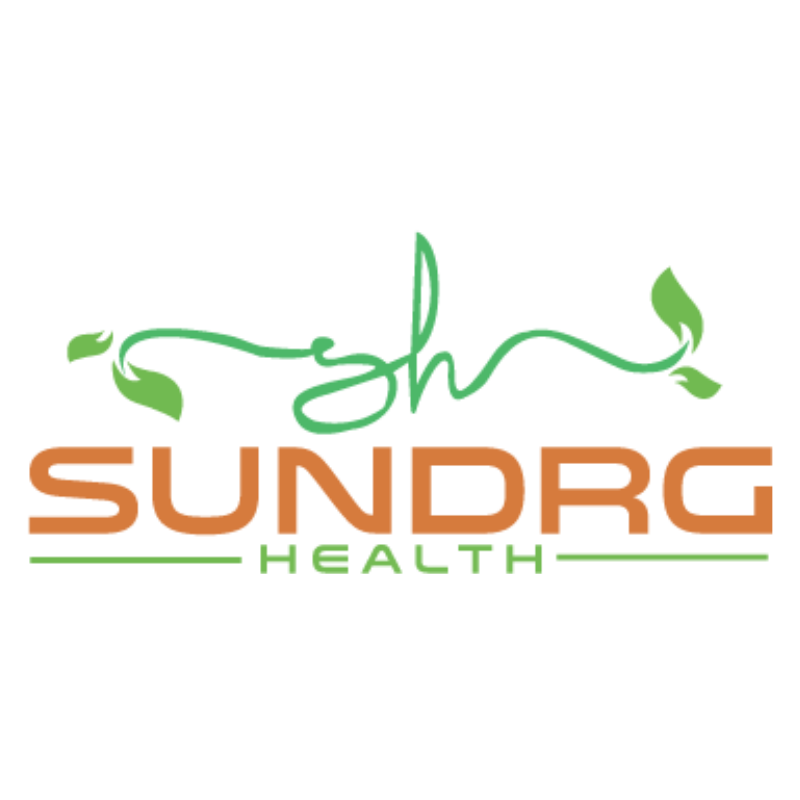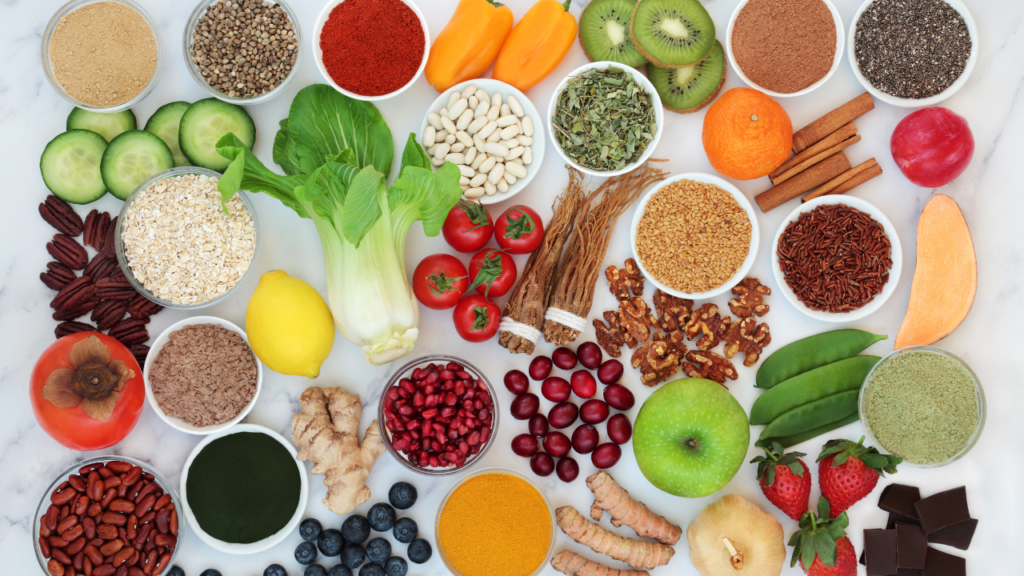 The amount of force exerted by your heart on the arterial walls is known as your blood pressure. This is because as blood moves from your heart to different parts of your body, arteries carry it there.
The amount of force exerted by your heart on the arterial walls is known as your blood pressure. This is because as blood moves from your heart to different parts of your body, arteries carry it there.
Your blood pressure rises and falls at regular intervals on a typical day.
According to the CDC, one out of every three persons has excessive blood pressure in the USA. This means that the force of blood pushing against their artery walls is extreme, which can cause artery damage. It has been demonstrated that lowering systolic blood pressure to a maximum of 120 mmHg reduces these risks. At 120/80, your four-chambered heart pumps blood into and out of your body to recycle essential nutrients and oxygen to your body’s tissues. However, as the heart works harder and harder, it can weaken and stop working correctly. Unfortunately, in addition to making the heart work harder, high blood pressure puts additional strain on the arterial walls, leading to cholesterol buildup, degradation, and, ultimately, an attack or stroke.
Shop on Amazon
The following blood pressure ranges are available.
• Normal: It is normal when the blood pressure is less than 120/80 millimeters of mercury.
• Prehypertension: Systolic blood pressure of 120–129 mmHg and diastolic blood pressure of less than 80 mmHg
• stage one hypertension: If your blood pressure is between 130–139 mmHg and your diastolic blood pressure is 80–89 mmHg, you may have stage 1 hypertension.
• Stage 2 hypertension: systolic blood pressure of at least 140 mm Hg or diastolic blood pressure of at least 90 mm Hg
Check Your Blood Pressure

With digital blood pressure monitors that you can wear on your arm or wrist, tracking your blood pressure from home is easier than ever. A blood pressure monitor reads your systolic and diastolic pressures in seconds and displays the results digitally. In addition, many monitor your pulse rate and keep a digital memory file of previous readings. If you have been diagnosed with hypertension, keeping track of your progress toward lowering it is also a good idea.
You must seek medical assistance if you have high blood pressure. In addition to headaches, high blood pressure can raise the risk of heart attack, stroke, redness, shortness of breath, and other symptoms. However, you can usually reduce the recommended lifestyle changes to a safer level with little difficulty by making the recommended lifestyle changes. Meanwhile, you can address some of the more controllable factors that may be affecting your blood pressure, such as diet and exercise.
Here are 12 Amazing High Natural Remedies that help Lower and Maintain Blood Pressure to improve your health and well-being
1. Eat Healthily

Dietary Approaches to Stop Hypertension (DASH) is widely regarded as the best diet for managing and lowering blood pressure. The DASH diet includes avoiding almost all sodium, eating low-fat foods, and eating plenty of fruits, vegetables, and lean proteins.
2. Exercise

Regular exercise helps strengthen the heart, which aids in the reduction of high blood pressure. A stronger heart can pump blood more efficiently, reducing the strain on your arteries. Mindfulness-based exercises, such as yoga practice, have also benefited hypertension patients by increasing heart rate and improving mood. One of the best strategies to lower blood pressure is to engage in regular physical activity. Aerobic exercise causes blood vessels to expand and contract, allowing them to remain flexible.
It also improves blood flow and promotes the formation of new blood vessels, among other things. In addition, one hundred fifty minutes of moderate exercise per week, such as walking, or 75 minutes of vigorous exercise, can help lower blood pressure and improve heart health.
3. Reduce Your Sodium Consumption
A high-salt diet is the most common cause of high blood pressure. The American Heart Association recommends that hypertensive patients limit their intake to less than 1,500 mg per day. Eating more potassium-rich foods, such as bananas, raisins, tuna, and milk, aids in sodium removal from the body. A low-sodium diet is the equivalent of one and a half to two blood pressure medications. Unfortunately, the average American eats 3,500 mg of sodium per day, significantly above the American Heart Association’s recommended limit of one teaspoon.
To add flavor to your favorite foods, use salt substitutes such as spices, garlic, herbs, and other seasonings instead of some or all of the salt. If you have hypertension, limiting your sodium intake to 1,500mg per day will lower your blood pressure by 6mmHg. Most blood pressure-lowering recommendations call for a reduction in sodium consumption. Approximately half of the people with high blood pressure appear to be salt sensitive. No one should consume more than 2,400 milligrams of sodium in 24 hours. The recommended daily salt consumption for African Americans is 1500 mg or less if they have hypertension, diabetes, kidney disease, or are over 50 years old.
4. Reduce Your Stress Levels

Stress can put you at risk for several long-term health problems, such as high blood pressure, heart disease, and stroke. Reduced stress aids in the maintenance of normal blood pressure. Yoga and tai chi are two examples of mind-body exercises. Meditation, as well as listening to or making music, can help with stress. Stress is a significant contributor to high blood pressure, and reducing it can help lower it.
Relax by listening to soothing music or doing things that bring you joy, such as eating healthily and spending time with loved ones. Managing mental and physical well-being and reducing work-related stress can help lower blood pressure and prevent hypertension. This is because your cortisol and adrenaline levels rise, blood vessels constrict, and blood pressure increases when stressed. As a result, the veins constrict, the blood thickens, and the heartbeat speeds up (to deliver more blood).
5. Lose Weight

Even a ten-pound weight loss can help lower your blood pressure if you are overweight. For every 20 pounds lost, your systolic blood pressure (the first number in your blood pressure readings) will decrease by 5–20 points. It would be best to be considered healthy if you had a BMI between 18.5 and 24.9. A person’s chance of acquiring high blood pressure increases if they are obese. Your heart’s left ventricle pumps blood more efficiently if your blood vessels can expand and contract more effectively.
When you exercise, this effect becomes even more pronounced. As a result, being overweight is a problem for more than half of all adults in the United States.
Shop on Amazon
6. Increase your Potassium intake.
Potassium helps to lower blood pressure by counteracting the effects of sodium. A daily potassium intake of 3,000 to 3,500 mg from bananas, tomatoes, and other vegetables is recommended. Coconut water and bananas are two of the best potassium-rich foods. If you have hypertension, increasing your potassium intake to recommended levels should result in a 4 to 5 mmHg drop in blood pressure. Potassium is a vital mineral that regulates heart rate and can help lower blood pressure.
Because modern diets have increased sodium intake while decreasing potassium intake, eat fewer processed foods and more fresh, whole foods. There is a lot of potassium in fruits, vegetables, milk, and yogurt. In addition, you should restrict potassium intake if you have severe kidney disease.
7. Deep Breathing

Deep breathing and meditation can both activate the parasympathetic nervous system. This system kicks in when the body relaxes, slowing the heart rate and lowering blood pressure. Slow, deep breathing is one method for naturally and quickly lowering blood pressure. For example, in one study, participants were instructed to take six deep breaths in 30 seconds or sit still for 30 seconds. Those who took breaths had lower blood pressure than those who sat.
Meditation and deep breathing can assist in lowering blood pressure. When the body relaxes, meditation or deep breathing may activate the parasympathetic nervous system, slowing the heart rate and lowering blood pressure.
8. Give up Smoking
It has been shown that the chemicals in tobacco are known to damage blood vessels with every puff of cigarette smoke. Although smoking and high blood pressure are both risk factors for heart disease, studies have yet to find a conclusive link between the two. Therefore, quitting smoking is probably the most critical thing you can do for your heart and is also good for your overall health.
9. Alcohol use should be reduced to a minimum.
Blood pressure can rise with any quantity of alcohol consumption. However, according to research, moderate alcohol drinking may benefit your heart. In the United States, women are limited to one drink per day, whereas men are limited to two drinks per day.
Limiting your alcohol intake can also affect the effectiveness of your blood pressure medication, so be sure to do so.
10. Consume Cocoa or Dark Chocolate

Dark chocolate and cocoa powder include plant components that ease blood vessel tension and, as a result, reduce blood pressure. In addition, the complex antioxidants present in cacao are essential to reduce “bad cholesterol” and prevent arterial hardening. To get the most potent benefits, choose non-alkalized cocoa powder, which is particularly strong in flavonoids and includes no additional sugars.
11. Consume More Water

Drinking more water dilutes your blood and lowers its viscosity, allowing it to flow more easily through your veins and arteries. As a result, drinking extra water can help you relax and improve your overall health, especially if you’re overweight or obese.
12. Take Your Medications
There are various ways to lower your blood pressure, but following your doctor’s advice regarding medication is critical. If you have trouble taking your medicines on time, use electronic reminders or daily pillboxes to assist you. Some people find that changing their lifestyle is the best way to keep their blood pressure under control, but many also require medication to help them manage it.
Shop on Amazon
Where to Buy?
DISCLAIMER OF MEDICINE
This information is not intended to provide medical advice or replace a personal physician’s advice or treatment. All readers of this information, especially those taking prescription or over-the-counter medications, should check with their doctors before initiating any nutrition, supplement, or lifestyle program. In addition, the statements and goods on this website have not been evaluated by the Food and Drug Administration.
Bulk Supplements

Bulk supplement manufacturing facility is FDA-registered, and they sell more than 400 unique products.
They divide their products into sports and fitness, vitamins/minerals, and herbal supplements.
They sell their products in loose, non-capsule form, and they come in plain-looking bags.
BulkSupplements.com has same-day shipping for almost all orders and also offers international shipping.
Bulk Supplements offers pure dietary supplements ingredients at low prices.





